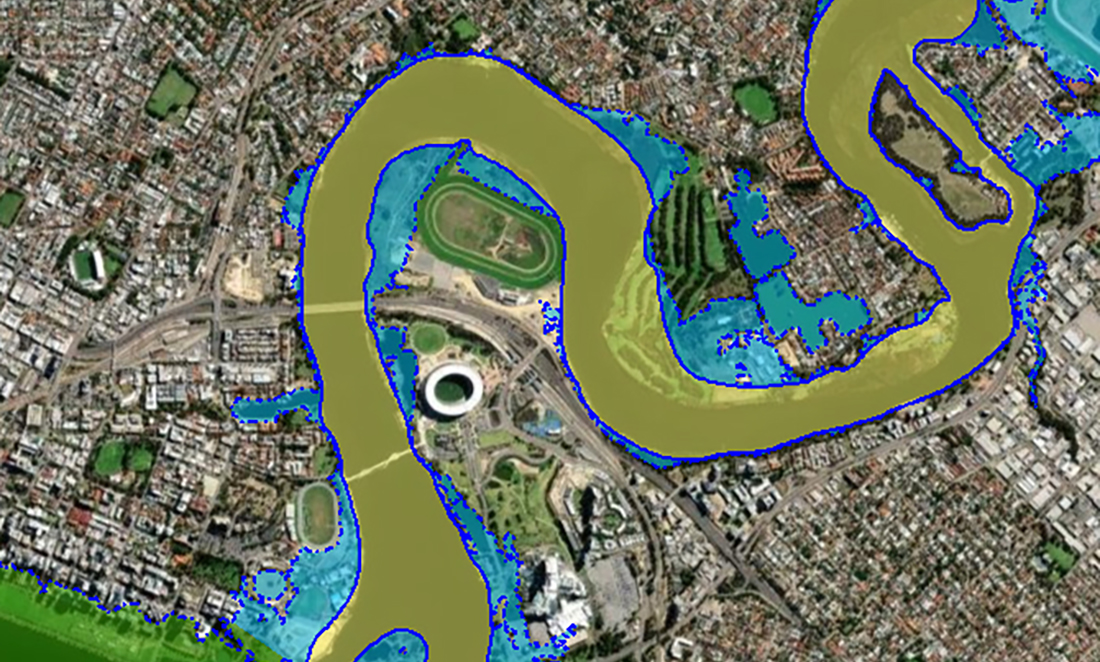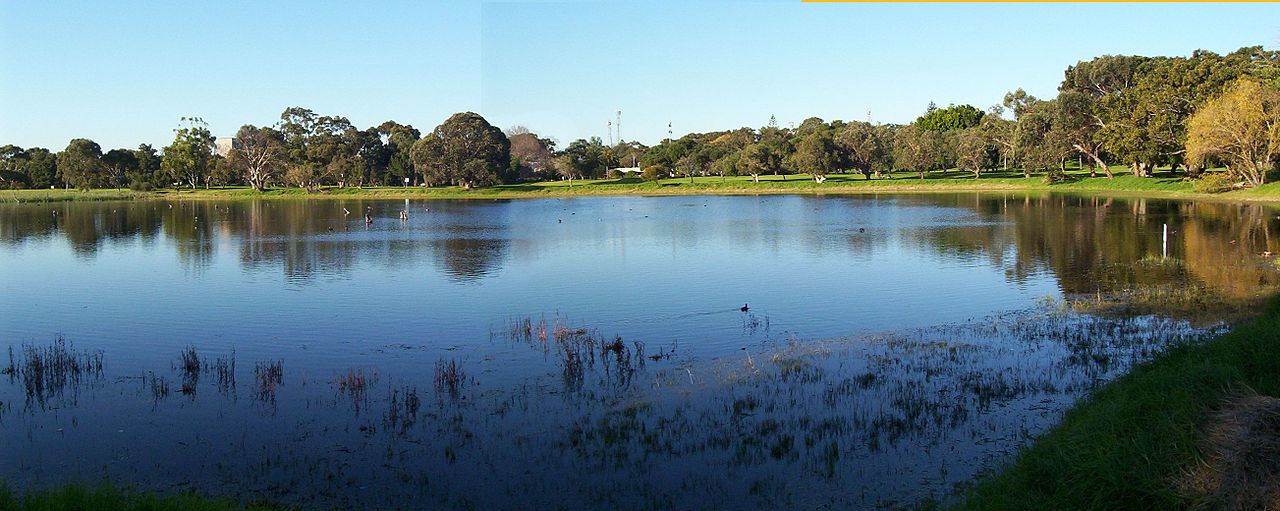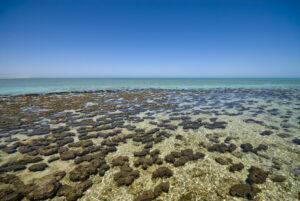Copenhagen, Amsterdam, Stockholm … Perth? When you think of the world’s greenest cities, Perth probably doesn’t spring to mind. In fact, Perth was ranked the least sustainable city in Australia by the Australian Conservation Foundation back in 2010.
So what makes a city sustainable? Factors like using renewable energy, reducing greenhouse gas emissions, using public transport or cycling to get around and the amount of green space.
Perth’s already known for its “dry heat”, and climate modelling predicts it’s only going to get hotter and drier. So how can it reduce its ecological footprint – and what can you do to help?
Going green
Green infrastructure describes building cities and suburbs with vegetation. It sounds simple, but that’s not always the case.
One approach to green infrastructure is the Abiotic, Biotic and Cultural (ABC) model. Abiotic factors include improving drainage to reduce erosion and flooding near water bodies.

Biotic functions assist the natural world. They create reservoirs for plants and animals, like koalas, to co-exist in urban areas. Koalas are endangered across much of eastern Australia due to habitat loss from development and the devastating 2019–2020 bushfires. But koalas can learn to live alongside people in city reservoirs. This could help their populations recover.
Cultural factors are the benefits to humans. We can strengthen our connection to nature and enhance the natural beauty and liveability of our neighbourhood. Think of iconic tourist spots, like Melbourne’s Fytowall and Perth’s now defunct Greenhouse Café.

Murdoch University sustainability researcher Greg Simpson says it can improve our mental and physical health.
“Quality equitable urban green infrastructure keeps our cities cooler, but it’s also good for our spirits,” says Greg. “It makes us feel healthier and happier. It gives us a chance to get into nature to recharge, to reconnect.”
Throwing shade – in a good way
Green infrastructure can play an important part in combating climate change. It reduces city heating, clean water loss, flooding and ecosystem damage.
But you can’t just plant anything, anywhere – the urban environment is more complex than you may expect. The downside to planting fruit trees to provide free food, shade and health benefits is that untended trees drop fruit waste on the footpath, which attracts vermin.
Local governments often struggle with the long-term maintenance of green infrastructure. Last year, an urban beautification project in Perth’s east end involving planter boxes wasn’t maintained and attracted complaints.
Jackie Parker is the Director of Assets and Infrastructure at the Shire of Halls Creek in the Kimberley.
“Green infrastructure relies on understanding each asset type in its whole life cycle and what it really needs,” says Jackie. “The biggest challenge of implementation is not being cognisant of all the costs involved.”
Jackie says councils can face ‘not-in-my-backyard’ (NIMBY) attitudes towards green infrastructure initiatives. In this way, a small number of objectors can prevent a project going ahead.
Guerrilla gardeners
At a grassroots level, residents can have a big impact.
If you’d like to contribute to greening your suburb, your backyard’s a great place to start. You could plant a herb or vegetable garden or even a fruit tree or two. (Bonus points for choosing water-wise and bee-attracting plants!)
If your green thumb starts itching to do more, you might consider joining the global guerrilla gardening movement. Guerrilla gardeners (including here in Perth) rejuvenate abandoned or neglected public spaces with greenery – be it produce, flowers or lawn.
If you’re going to take up the hand trowel, it’s a good idea to learn what your local environment needs. Check what species your local council is planting in wildlife reserves and go from there. And remember – from little things, big things grow.









